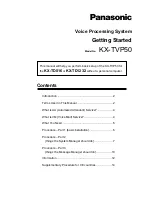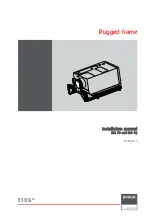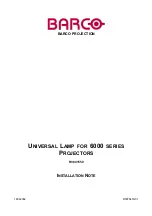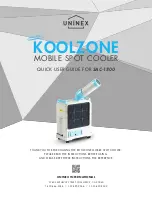
H
I
R
OLLER
- B
ELT
C
ONVEYORS
5. I
NSTALLATION
H
I
R
OLLER
, M
INI
R
OLLER
, L
O
R
OLLER
& H
I
L
IFE
5.1. P
RE
-I
NSTALLATION
P115506 R3
35
5. Installation
Proper installation of the Hi Roller Conveyor is very important. By following the
basic rules and planning for installation, start-up problems will be reduced
dramatically.
• Never weld any item to a part of the cover, trunking, head or tail sections.
• Always properly support the head, tail, and trunking sections.
5.1. PRE-INSTALLATION
1. Review construction and approval drawings, specifications, etc.
2. Check construction print for exact conveyor location. Conveyor must be
assembled as indicated on your construction prints.
• A drawing has been included for your conveyor showing the location of
each numbered section.
3. Review general conveyor information.
4. Refer
information
included in the appendix.
5. Read ALL of the installation instructions before beginning.
6. Check hardware package and shipping list - report any shortages.
7. Prepare for assembly by checking the head end trunking section and tail end
trunking section for position of the end channels.
• Bolts, hex nuts, and lock washers have been included in the hardware
package. All "bolt-together" points should be caulked with silicone sealant
to keep the dust in and weather out.
8. Check that you will have adequate clearances around the conveyor.
Clearances around the head section, tail section, and trunking are very
important for proper operation and maintenance.
5.2. HEAD END & TAIL END TRUNKING INSTALLATION
5.2.1. H
EAD
S
ECTION
M
OUNTING
The head section must be properly supported so there is no vertical or horizontal
movement.
The support structure should be attached to the bolted connections of the head
section on the bottom or top depending on the design of the motor mount. Also, a
bolted connection can be attached to the bearing mounting vertical plate.
Note:
Do not mount head section to the discharge hood/overshot! The discharge hood/
overshot is NOT a structural part of the conveyor.
WARNING Before continuing, ensure you have read and understand the relevant information
in the safety section. Safety information is provided to help prevent serious injury, death, or
property damage.
















































